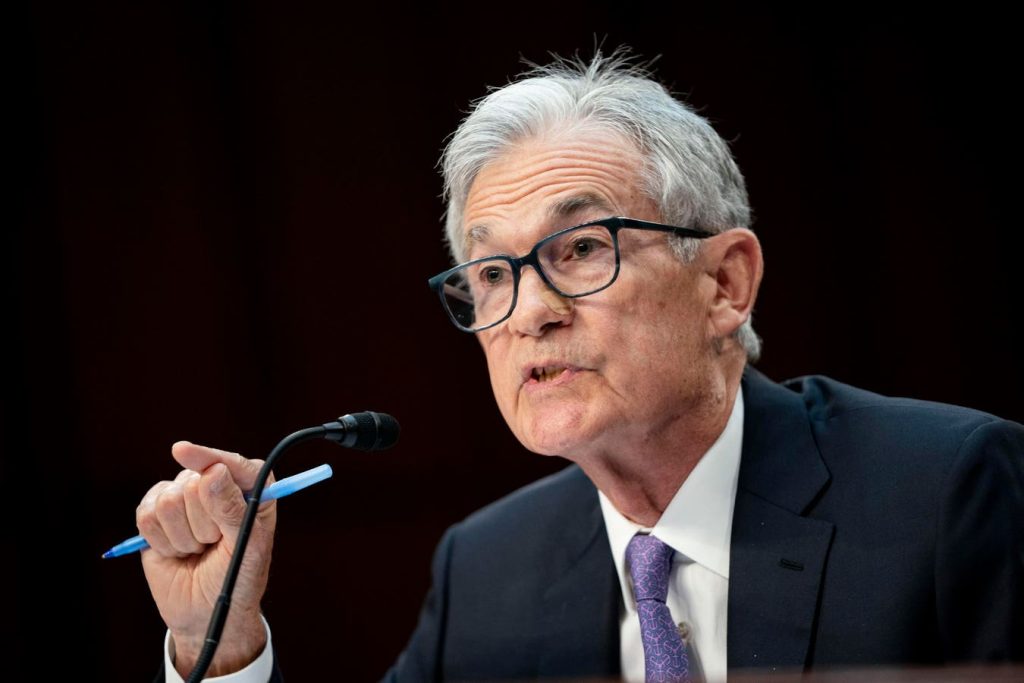The trajectory of mortgage rates in 2025 remains uncertain, with a potential for modest declines but no drastic shifts anticipated. While the Federal Reserve has signaled its intention to cut interest rates, the extent and timing of these cuts remain unclear, leaving the overall outlook for mortgage costs somewhat ambiguous. Current projections suggest that rates will likely remain relatively high compared to the historically low levels observed in 2020 and 2021, when they hovered between 2% and 3%. The recent uptick in 30-year mortgage rates, from around 6% in September 2024 to nearly 7% in January 2025, highlights the volatility of the market and underscores the challenges in predicting future trends.
Several factors contribute to this uncertainty. Firstly, the Federal Reserve’s decisions are heavily influenced by incoming economic data, particularly on unemployment and inflation. While the job market has demonstrated resilience, with stronger-than-expected growth, a sudden spike in unemployment could prompt the Fed to accelerate rate cuts to mitigate recession risks, potentially driving down mortgage costs. Conversely, persistent inflation, which currently hovers around 3%, above the Fed’s 2% target, could delay or limit the extent of rate cuts. The Fed is currently prioritizing further improvements in inflation before implementing significant rate reductions, which could keep mortgage rates elevated.
Beyond the Fed’s direct influence, other market forces also impact mortgage rates. The yield curve, representing the relationship between short-term and long-term interest rates, has steepened in recent months, contributing to the rise in mortgage costs. Since mortgages are typically long-term loans, they are more sensitive to changes in the long end of the yield curve. Additionally, the spread between government borrowing rates and mortgage rates has widened in recent years, further pushing up mortgage costs. This spread, while narrowed from its 2023 peak, remains historically elevated, adding approximately 0.5% to mortgage rates compared to historical norms.
This elevated spread is partly attributed to market expectations of future declines in mortgage rates. This creates prepayment risk for lenders, as borrowers may refinance their mortgages at lower rates if interest rates fall as anticipated. This risk is factored into the pricing of mortgages, leading to higher rates in the present. Furthermore, the role of government-sponsored enterprises (GSEs) like Fannie Mae and Freddie Mac, which guarantee a significant portion of U.S. mortgages, adds another layer of complexity. Potential changes to their conservatorship status, while currently speculative, could also influence mortgage rates, adding to the overall uncertainty.
While market sentiment currently points towards limited interest rate cuts in 2025, potentially dampening the prospects for significant mortgage rate declines, the possibility of a reversal in some of the factors that have pushed up mortgage costs in recent years offers a glimmer of hope. A narrowing of the spread between mortgage rates and Treasury yields, for instance, could lead to a modest reduction in mortgage costs, even in the absence of substantial Fed action. However, drastic changes in mortgage rates are not expected in the near term.
The interplay of these various factors makes predicting the future trajectory of mortgage rates a complex exercise. While the Fed’s actions, driven by economic data on unemployment and inflation, play a central role, market dynamics, including the yield curve, the spread between government and mortgage rates, and the role of GSEs, also exert significant influence. While the current outlook suggests relatively high mortgage rates compared to the recent past, the possibility of some decline remains, albeit modest, contingent on the interplay of these factors. The market remains dynamic, and ongoing monitoring of economic data and market trends is crucial for navigating the evolving mortgage landscape.

